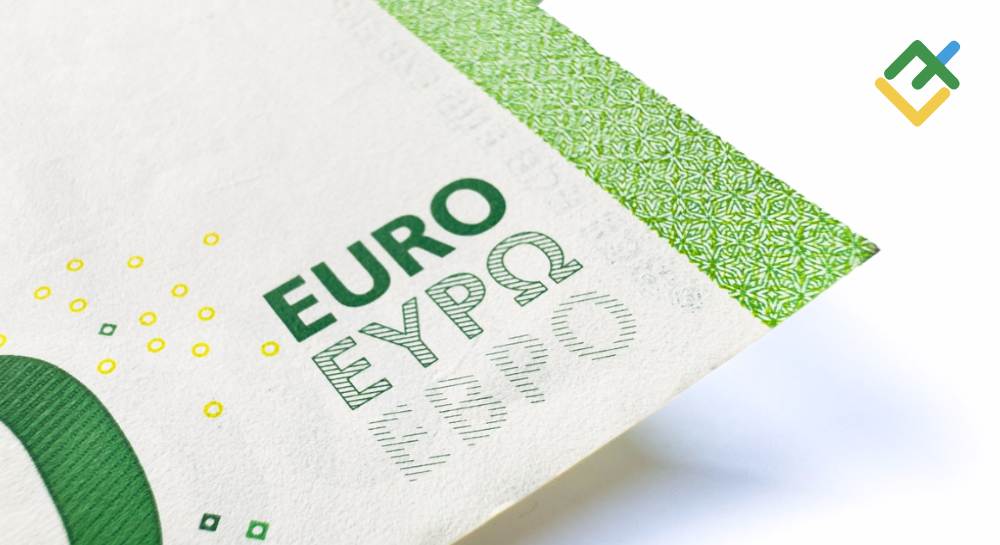Gold and oil prices have surged in April 2025 as the Middle East conflict intensifies, sending ripples across global markets. The sharp rise in gold and oil prices reflects a broader reaction to heightened geopolitical risks, investor uncertainty, and potential supply disruptions. With global demand patterns shifting and energy security coming into question, both assets are now central to market discussions.
This surge in gold and oil prices is not just a momentary reaction. It reveals deeper structural concerns, including oil supply concerns in the Middle East and the global shift toward safe haven assets. The current crisis is not only disrupting commodity markets but is also altering investor behavior worldwide. Let’s explore the causes, impacts, and investment takeaways from this developing situation.
Geopolitical Drivers Behind the Price Surge
The most immediate trigger for the surge in gold and oil prices is the ongoing military tension in the Middle East. In particular, the recent escalation between Iran and Israel, combined with unrest across Gaza and Southern Lebanon, has raised fears of a wider regional conflict. These developments have brought the Strait of Hormuz—the world’s most critical oil chokepoint—back into the spotlight.
Roughly 20% of the world’s oil passes through this narrow waterway. Any disruption here can have immediate and dramatic effects on oil supply and prices. This explains the intense oil supply concerns in the Middle East this month. As tankers reroute and insurance premiums spike, oil becomes both scarcer and costlier.
Investors are reacting by moving their capital into safe haven assets. Gold, traditionally seen as a store of value during times of instability, has seen consistent inflows. This explains the recent gold price surge in 2025. Institutional investors, sovereign funds, and retail traders alike are reallocating funds away from equities and into commodities like gold.
Gold Price Surge 2025: How High Can It Go?
As of mid-April 2025, gold is trading above $3,350 per ounce—a historic high. Analysts from Bank of America, Goldman Sachs, and Citi have updated their outlooks to reflect even higher potential targets. Some forecasts now place gold between $3,650 and $4,000 per ounce if the geopolitical situation deteriorates further.
Several factors support this gold price surge in 2025:
- Persistent inflation concerns due to rising oil prices
- Declining confidence in equities amid global risk-off sentiment
- Rising central bank gold purchases, particularly from China and Russia
- Currency depreciation in emerging markets, increasing gold’s relative value
Increased volatility has made gold a refuge for large asset managers. In recent weeks, ETFs and physical gold purchases have seen a sharp uptick. The geopolitical impact on commodities is clearly favoring gold in the short and medium term.
Moreover, interest rate expectations in the United States have shifted. The Federal Reserve’s decision to pause hikes and consider rate cuts later this year further fuels gold demand. Lower yields make non-yielding assets like gold more attractive.
Oil Supply Concerns in the Middle East
Oil prices have also surged in response to the escalating conflict. Brent crude has touched $96 per barrel, while WTI has breached $92. These are the highest levels seen since late 2023. The reason? Oil supply concerns in the Middle East, paired with OPEC+ production discipline and U.S. sanctions on Iranian crude exports.
Several key developments are driving oil prices:
- Missile attacks near critical oil facilities in Iraq and Saudi Arabia
- U.S. naval buildup near the Strait of Hormuz
- Renewed sanctions on Iranian oil, reducing global supply
- Production cut extensions by Russia and Saudi Arabia into Q3 2025
The geopolitical impact on commodities like oil is significant because the market remains tight. Global inventories are low, and strategic reserves are not easily replenished. The rise in oil prices could continue if disruptions escalate or if Iran retaliates by blocking shipping lanes.
Additionally, the IEA has warned that prolonged supply shocks could lower demand forecasts for 2025. If oil remains elevated above $100 per barrel, global growth could slow down, causing second-order effects across bond markets, consumer goods, and even agriculture.
Safe Haven Assets Gain Popularity
In times of war and global economic uncertainty, investors seek safety. This is exactly why gold and oil prices are rising in tandem. Although oil is volatile, it remains a hedge against inflation and supply shocks. Gold, on the other hand, is viewed as a purer safe haven asset.
The increased demand for these commodities reflects a broader trend:
- Gold ETF inflows have reached a five-month high
- Central banks are buying more gold, led by Turkey and China
- Currency weakness is pushing Asian and African investors toward gold
- Commodity funds are overweight on energy and metals
This shift is not temporary. As the geopolitical impact on commodities deepens, market participants expect gold and oil to remain strong performers throughout Q2 and possibly beyond. With global debt levels high and fiscal policy tightening, safe haven assets are becoming even more essential to portfolio construction.
How Investors Can Respond
For traders and investors, the surge in gold and oil prices presents both opportunities and risks. The key is to manage timing, exposure, and risk tolerance. Here are a few strategies to consider:
- Gold Exposure: Investors can consider gold-backed ETFs, physical bullion, or gold mining stocks. With the gold price surge in 2025, even short-term trades are seeing strong returns.
- Energy Plays: Investing in oil ETFs, MLPs (master limited partnerships), or companies with strong upstream operations can benefit from oil price spikes.
- Options Strategies: Volatility in commodities can be exploited through call options or protective puts, especially for those already holding positions.
- Safe Haven Hedging: Allocating 5-10% of one’s portfolio to gold and related assets helps hedge against currency depreciation and geopolitical risk.
However, investors must remain cautious. If diplomatic breakthroughs occur or tensions de-escalate, prices may correct sharply. It’s important to monitor news from the Middle East daily and adjust strategies accordingly.
Looking Ahead: What Could Change the Trajectory?
While the current direction of gold and oil prices is upward, several factors could change the narrative. Peace talks, de-escalation, or intervention by major powers like the U.S., China, or the U.N. could ease tensions.
Other critical developments to watch:
- OPEC Announcements: Any change in output quotas can swing prices drastically.
- Central Bank Policies: Unexpected rate hikes or monetary tightening can reduce gold’s appeal.
- U.S.-Iran Relations: A potential nuclear deal could bring Iranian oil back to the market, easing oil supply concerns in the Middle East.
- Economic Slowdowns: If global GDP growth weakens due to high oil prices, overall demand for both oil and industrial commodities may fall.
Still, for now, the outlook favors continued strength in commodities. The geopolitical impact on commodities remains front and center, and investors are recalibrating in real time.
Conclusion
Gold and oil prices are surging in April 2025, driven by worsening Middle East conflict and deepening global uncertainty. The gold price surge in 2025 underscores investors’ flight to safety, while oil supply concerns in the Middle East push crude prices higher. As the geopolitical impact on commodities intensifies, safe haven assets are becoming the cornerstone of market strategy.
Traders and investors should stay alert, diversify portfolios, and adjust exposure based on risk events. This environment rewards agility, awareness, and a strategic approach to commodity markets. With both gold and oil prices showing strong momentum, April 2025 is shaping up to be a critical month in financial markets.
Click here to read our latest article What is the Global Debt Impact on U.S. Dollar
This post is originally published on EDGE-FOREX.






